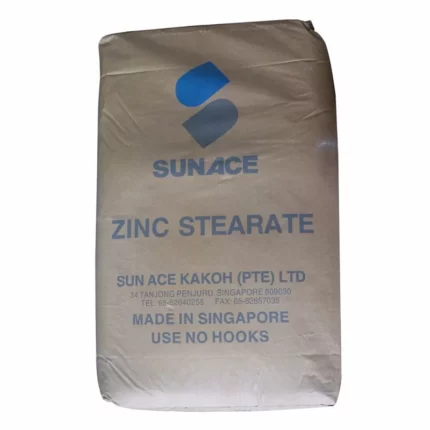
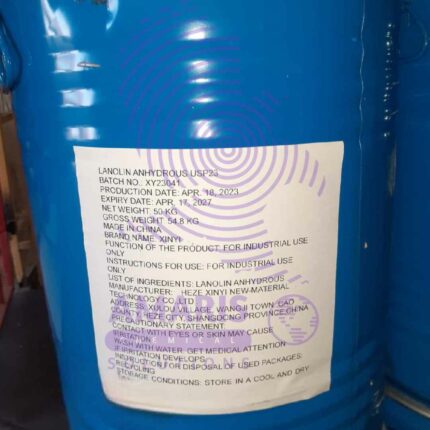
Cetyl alcohol
$0.01 Original price was: $0.01.$0.00Current price is: $0.00.
Cetyl alcohol is a fatty alcohol with the chemical formula CH3(CH2)15OH. It is a waxy substance that is used in a variety of industries, including cosmetics, personal care products, and pharmaceuticals. Cetyl alcohol is commonly derived from vegetable oils such as coconut or palm oil, and is often used as an emulsifier, thickener, or lubricant in formulations such as lotions, creams, and ointments. It is also sometimes used as a surfactant, meaning it helps to dissolve other substances and improve their absorption.
Cetyl alcohol Uses
Primary Uses of Cetyl Alcohol
- Cosmetics & Skincare
- Emulsifier: Helps blend oil and water in lotions, creams, and conditioners.
- Thickener: Adds viscosity to products like shampoos and moisturizers.
- Emollient: Softens and smoothens skin by forming a protective barrier.
- Stabilizer: Prevents separation of ingredients in formulations.
- Pharmaceuticals
- Used in ointments, creams, and suppositories as a thickening and stabilizing agent.
- Helps improve the texture and absorption of topical medications.
- Hair Care Products
- Found in conditioners and hair masks to provide slip, detangling, and shine.
- Industrial Applications
- Lubricants: Used in metalworking and machinery lubrication.
- Plasticizers: Helps improve flexibility in plastics and coatings.
Secondary Uses of Cetyl Alcohol
- Food Industry
- Occasionally used as a coating agent for fruits and vegetables to extend shelf life.
- Acts as an anti-foaming agent in food processing.
- Candles & Wax Products
- Used in candle-making to modify the melting point and texture.
- Textile Industry
- Functions as a softening agent and water repellent in fabric treatments.
- Research & Chemical Synthesis
- Used as a precursor in the production of surfactants and other fatty alcohols.
| COUNTRIES OF ORIGIN |
MALYASIA |
|---|---|
| AVAILABLE PACK SIZE |
25kg( Metal or Plastic Jerrycan/ Bucket, Bag, Box, Polythene bag, Carton bag) |
| APPEARANCE |
Flaky – Thin, layered fragments e.g., graphite flakes |
- Basic Identification Attributes
- Chemical Name (IUPAC): Hexadecan-1-ol
- Common/Trade Names: Cetyl alcohol, Palmityl alcohol, 1-Hexadecanol
- CAS Number: [36653-82-4] (also [124-29-8] for pure form)
- HS Code: 2905.16.00 (Fatty alcohols, saturated)
- Molecular Formula: C₁₆H₃₄O
- Synonyms: Cetanol, Hexadecyl alcohol, n-Hexadecanol
- Physical & Chemical Properties
- Physical State: Waxy white solid (flakes, granules, or powder)
- Color & Odor: White; faint characteristic odor (odorless when pure)
- Melting Point: 49–52°C (120–126°F)
- Boiling Point: 344°C (651°F)
- Density: 0.81 g/cm³ (at 20°C)
- Solubility:
- Water: Insoluble
- Organic Solvents: Soluble in ethanol, ether, chloroform
- pH Level: Neutral (~7)
- Vapor Pressure: Low (negligible at room temp)
- Flash Point: 135°C (275°F) (non-flammable solid)
- Autoignition Temperature: ~250°C (482°F)
- Viscosity: Low when melted (~10 mPa·s at 60°C)
- Safety & Hazard Attributes
- Hazard Class (GHS): Not classified as hazardous (non-toxic, non-flammable solid)
- NFPA Ratings:
- Health: 1 (Slight irritation)
- Flammability: 1 (Requires preheating to burn)
- Reactivity: 0 (Stable)
- Exposure Limits (OSHA/ACGIH): Not established (low hazard)
- Reactivity:
- Stable under normal conditions.
- Incompatible with strong oxidizers (e.g., peroxides).
- Storage & Handling Attributes
- Storage Conditions:
- Cool, dry, well-ventilated area.
- Avoid temperatures >50°C (to prevent melting).
- Incompatible Materials: Strong oxidizers, acids.
- Container Type: Plastic (HDPE) or lined metal drums.
- Shelf Life: Indefinite if stored properly.
- Handling Requirements:
- Minimal PPE (gloves, goggles for dust control).
- No fume hood needed.
- Regulatory & Compliance Attributes
- Regulatory Status:
- EPA: Listed under TSCA (USA).
- REACH: Registered (EU).
- FDA: Approved for cosmetics (21 CFR 172.864).
- Hazard Symbols: None (GHS non-hazardous).
- Transportation Restrictions:
- Not regulated (non-hazardous for transport).
- Waste Disposal: Dispose as non-hazardous waste (landfill/incineration per local laws).
- Environmental & Health Impact
- Ecotoxicity: Low (LD50 >5,000 mg/kg in fish).
- Persistence: Slowly biodegradable (~60% in 28 days).
- Carcinogenicity: Not classified (IARC/OSHA/NTP: No data).
- Biodegradability: Readily biodegradable (OECD 301).
Personal Protection:
- Gloves:Wear chemical-resistant gloves (e.g., nitrile or neoprene) to avoid skin contact.
- Eye Protection:Use safety goggles or a face shield to prevent eye irritation.
- Respiratory Protection:If handling powder or heated forms, use a dust mask or respirator in poorly ventilated areas.
- Protective Clothing:Wear a lab coat or apron to prevent skin exposure.
Handling & Storage:
- Ventilation:Ensure good ventilation in the work area to avoid dust or vapor accumulation.
- Avoid Heat & Ignition Sources:Keep away from open flames, sparks, and hot surfaces (flammable when melted).
- Storage:Store in a cool, dry place in tightly sealed containers away from oxidizers.
Inhalation:
- Move to fresh air immediately if dust or fumes are inhaled.
- If breathing difficulties occur, seek medical attention.
Skin Contact:
- Wash affected area thoroughly with soap and water.
- If irritation persists, seek medical advice.
Eye Contact:
- Rinse eyes with lukewarm water for at least 15 minutes, holding eyelids open.
- Seek medical attention if irritation continues.
Ingestion:
- Rinse mouth with water; do notinduce vomiting.
- Drink water or milk if large amounts are swallowed.
- Seek medical help if discomfort occurs.
Flammability:
Cetyl alcohol is combustible when melted (melting point ~49°C/120°F).
Extinguishing Media:
- Use dry chemical powder (ABC), CO₂, foam, or water sprayto extinguish fires.
- Avoid water jets, as they may spread molten material.
Firefighting Precautions:
- Wear self-contained breathing apparatus (SCBA) and protective gear.
- Cool containers exposed to fire with water spray to prevent rupture.
Spill & Leak Response:
- Solid Spills:Collect with a non-sparking tool and place in a sealed container.
- Molten Spills:Allow to solidify before cleanup.
- Ventilate areaand avoid dust generation



 LABORATORY EQUIPMENT & APPARATUS
LABORATORY EQUIPMENT & APPARATUS
 Fertilizers
Fertilizers Plant Growth Regulators
Plant Growth Regulators Soil Conditioners
Soil Conditioners Animal Feed Additives
Animal Feed Additives Biostimulants
Biostimulants Dough Conditioners
Dough Conditioners Flour Treatments
Flour Treatments Fat Replacers
Fat Replacers Preservatives (baking)
Preservatives (baking)
 Surfactants (cleaning)
Surfactants (cleaning) Builders
Builders Bleaching Agents
Bleaching Agents Enzymes
Enzymes Solvents (cleaning)
Solvents (cleaning) Fragrances
Fragrances

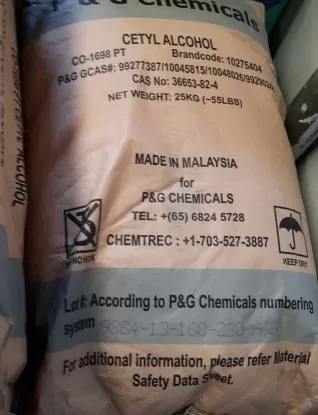
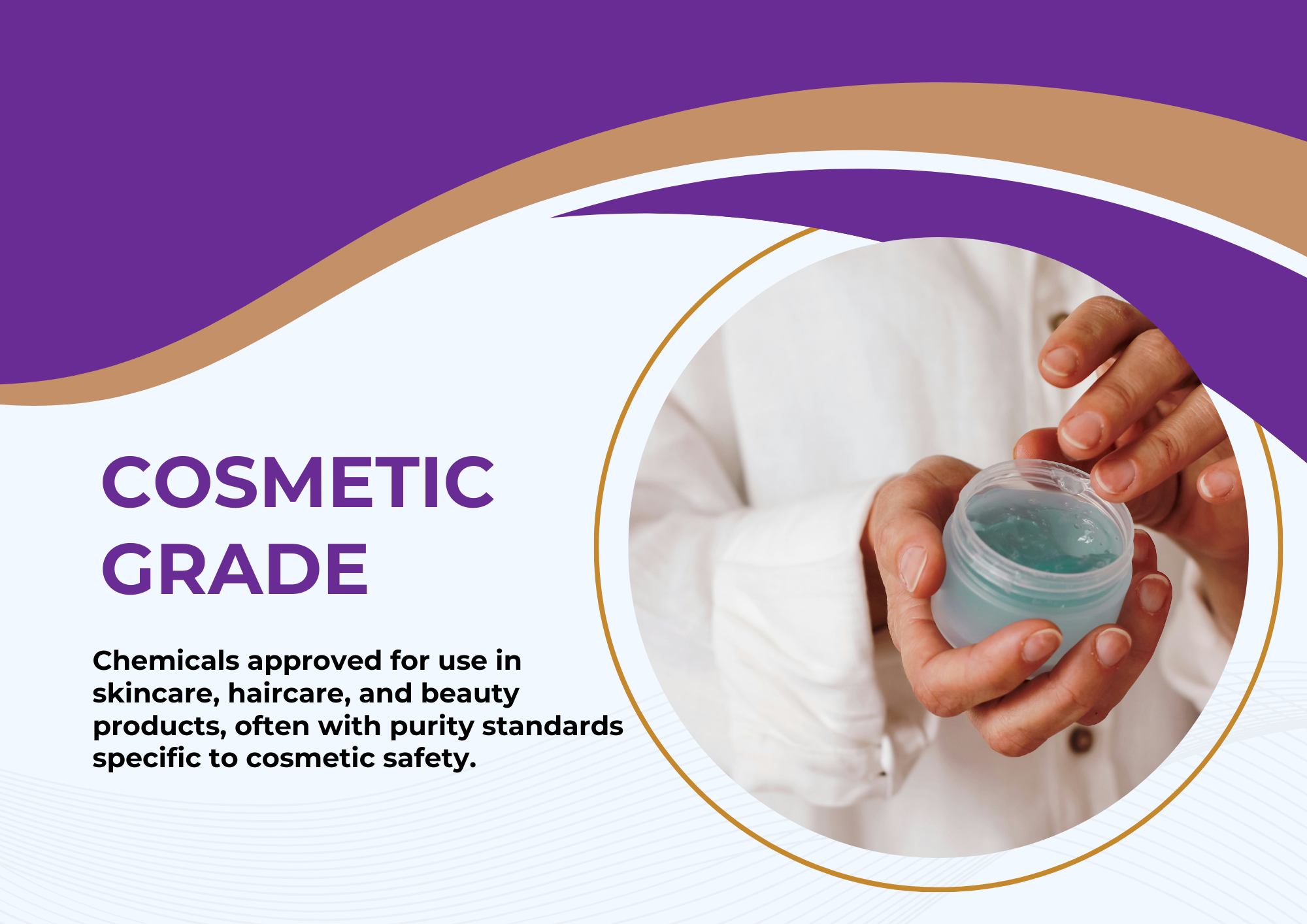



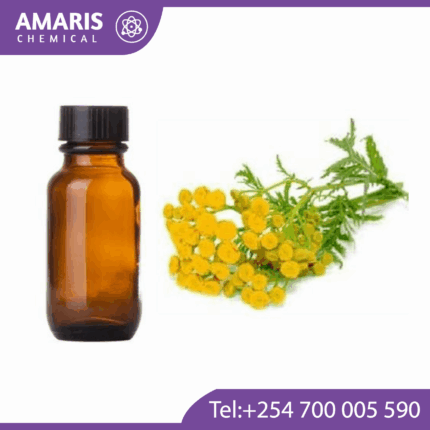
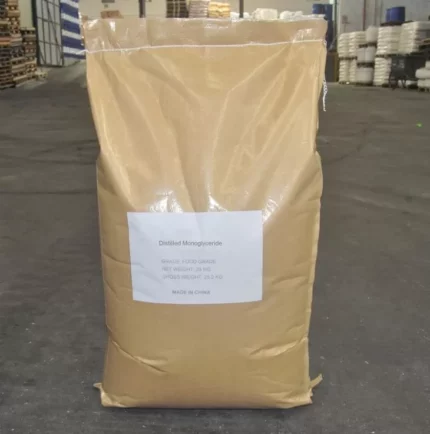
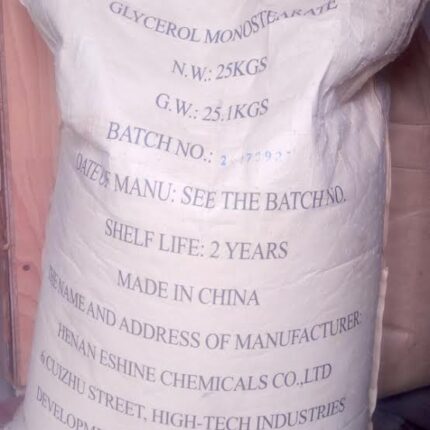


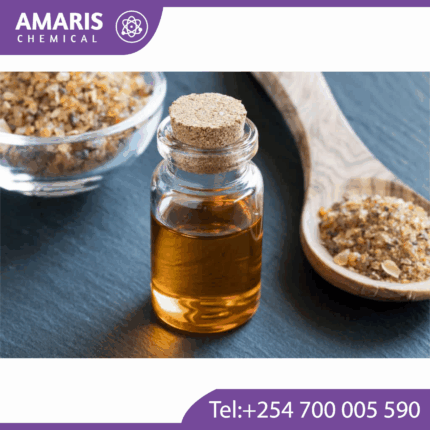
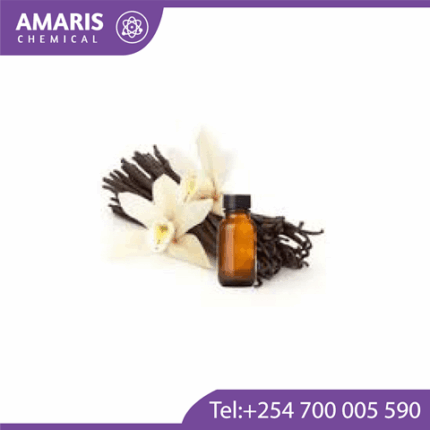
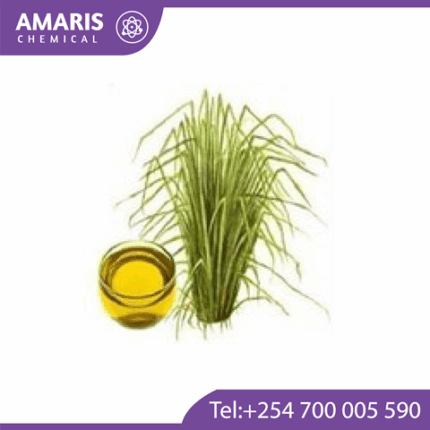













Reviews
There are no reviews yet.